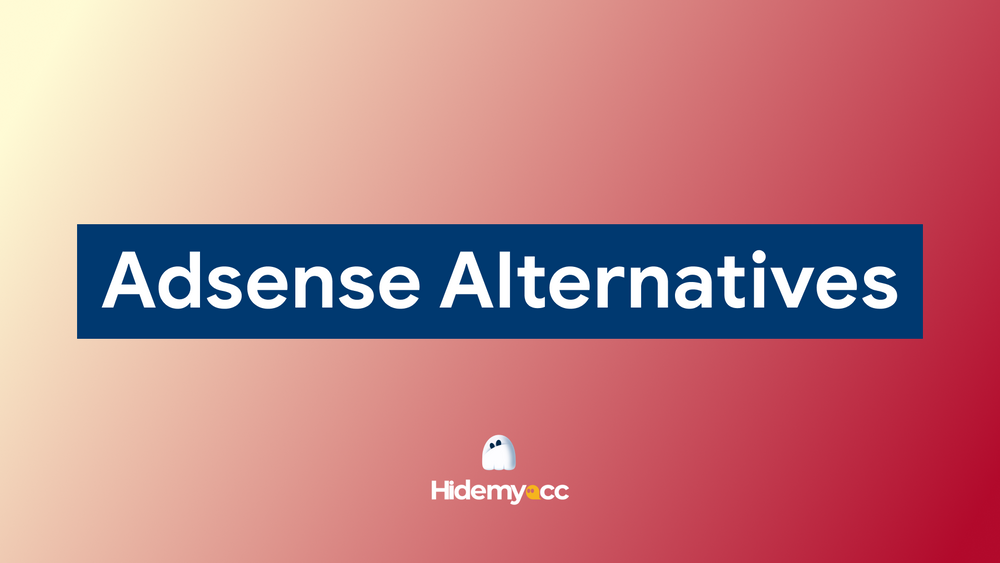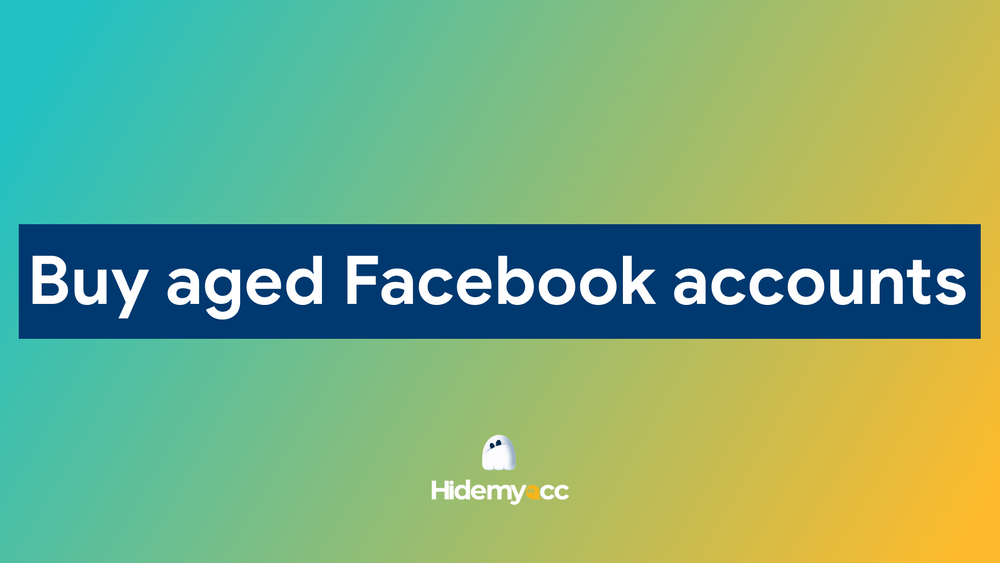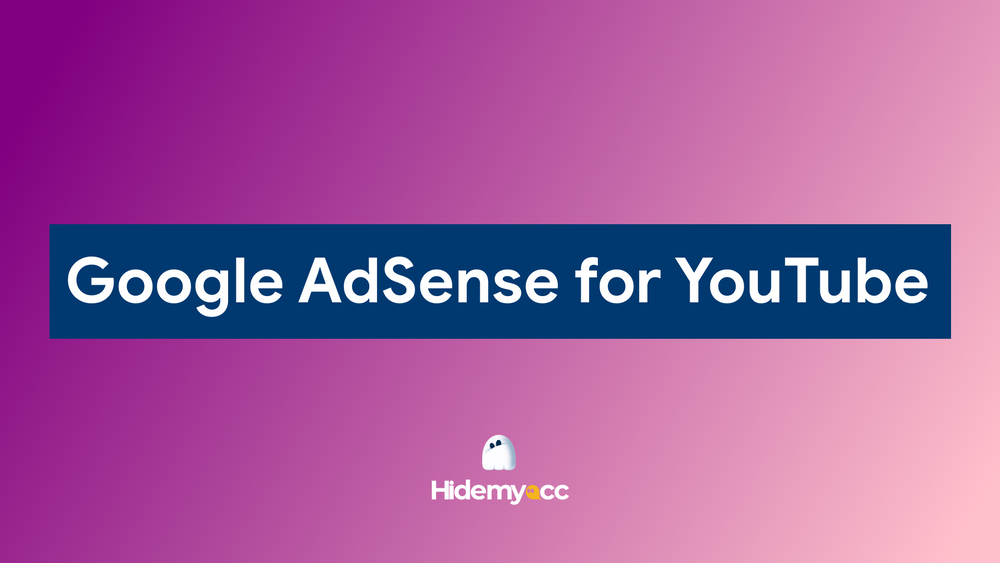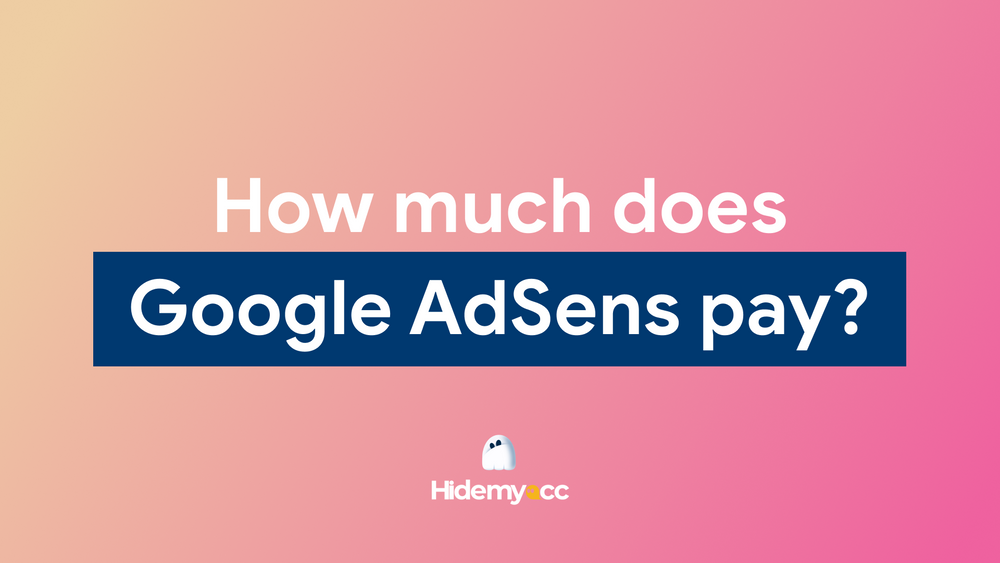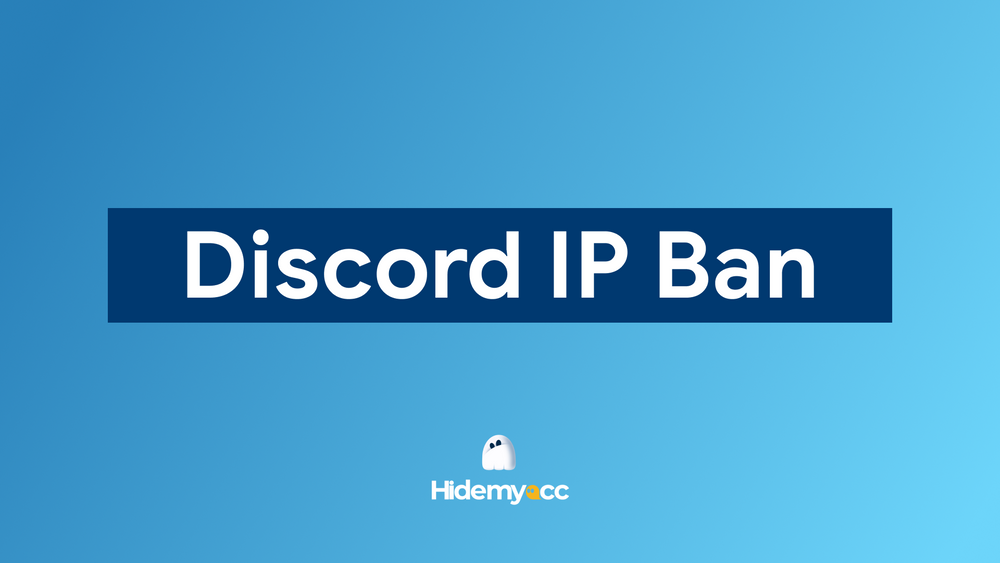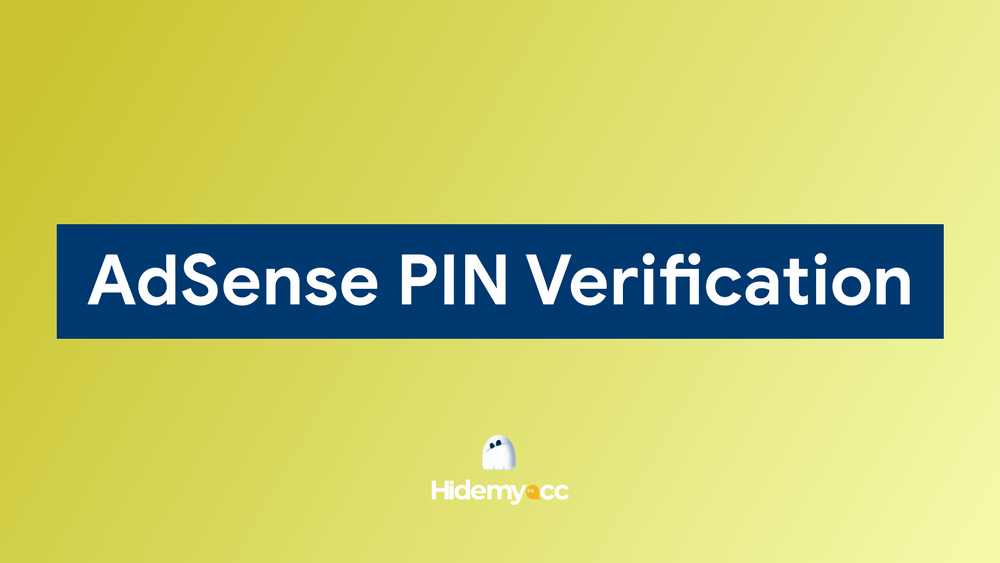Social media is shifting rapidly, and the debate around Bluesky vs Threads is becoming more important for users trying to decide where to spend their time. As Twitter evolves into “X” and concerns grow about algorithms, privacy, and control, many are exploring new spaces to share and connect.
Bluesky is gaining attention for its decentralized structure and user-first approach. Threads, backed by Meta and integrated with Instagram, is making waves with its clean design and familiar feel. If you’re unsure which one fits your online habits best, you’re definitely not alone. In this article, Hidemyacc will guide you through a clear, side-by-side look at both platforms to help you decide which one truly works for you.
1. Bluesky vs Threads: What are they?
Bluesky (https://bsky.app/) reimagines social media by giving users more control over how their feed works and how content is moderated. Originally started inside Twitter, it’s now an independent platform built on the AT Protocol, designed to support decentralization. Users can choose or create custom feeds, move between servers without losing their data, and join communities with different moderation styles. While still invite-only, Bluesky attracts people who value privacy, transparency, and a more user-driven experience.
Threads (https://www.threads.com/), built by Meta and launched in 2023, is deeply connected to Instagram. Signing up requires an Instagram account, and your social graph carries over instantly. The app features a clean, simple interface and is driven by Meta’s recommendation algorithm, prioritizing viral and engaging content. It’s easy to use and quickly gained traction, but offers less control over feed customization or privacy settings. If you’re looking for a platform that’s ready to go and designed for mass reach, Threads is likely the better fit.
Learn on How to get monetized on Threads? - Read here!
2. What’s in your feed? Threads’ algorithm vs Bluesky’s custom feeds
How content is delivered in your feed can completely change how you feel about using a platform. In the Bluesky vs Threads comparison, this difference is especially clear.
2.1. How does Threads keep you scrolling with algorithmic feeds?
Threads uses a centralized recommendation system, much like Instagram. When you open the app, your feed is filled not only with posts from people you follow but also with trending content, replies from strangers, and algorithmically boosted posts. The idea is to make the experience feel lively and constantly active.
This comes with a few trade-offs:
- There’s no official way to switch to a chronological feed
- You can’t easily filter what kinds of posts appear
- Content is ranked and reordered behind the scenes based on your behavior
This makes Threads feel dynamic and easy to jump into, especially if you're used to Instagram. But for users who want more control or less noise, it can sometimes feel chaotic and impersonal.
2.2. Why does Bluesky let you choose what you want to see?
Bluesky takes a completely different approach. Instead of relying on a single algorithm, it lets you subscribe to multiple custom feeds. Each feed is created with specific goals or themes in mind. You can follow a feed that only shows posts from people you follow, or another that highlights a particular topic such as tech or art. Developers and communities are also free to build and share public feeds for anyone to join.
Here’s what makes it stand out:
- Most feeds are chronological, so posts appear in the order they’re published
- You can follow multiple feeds at once and switch between them at any time
- There’s no centralized system deciding what goes viral or what you should see
Bluesky puts you in control of your own experience. If you're tired of one-size-fits-all feeds and want to shape what you see on your own terms, this setup gives you the tools to do exactly that.
3. The vibe check: Who’s actually hanging out on these platforms?
It’s not just the features that define a platform. The people using it, along with the overall tone and culture, create very different experiences. When comparing Bluesky vs Threads, the kinds of users and communities each platform attracts can make a big difference in where you feel most comfortable.
3.1. Threads brings familiar faces and fast-moving trends
Since Threads connects directly to Instagram, many of its early users came in with established audiences. You’ll often see influencers, lifestyle creators, brand accounts, and social media regulars. The content tends to reflect what you’d expect from Instagram: quick takes, memes, viral commentary, and casual updates.
Threads moves quickly. Posts are easy to discover, interact with, and share widely. That makes the platform feel busy and energetic. But for some, this constant motion can become overwhelming. If you enjoy being in a lively space filled with trending content and broad conversations, Threads will feel instantly familiar.
3.2. Bluesky attracts niche groups and thoughtful conversations
Bluesky’s invite-only access has shaped its community into something a little more focused. You’ll find developers, journalists, independent creators, and users who are interested in privacy, decentralization, or online culture. Instead of reacting to trending noise, many people on Bluesky are exploring ideas, building connections, or diving into specific interests.
Without an algorithm pushing for engagement, interactions feel more natural. Conversations can last longer, replies are often more thoughtful, and smaller groups thrive around shared values. It doesn’t have the speed or reach of Threads, but that’s exactly what appeals to many of its users. If you prefer slower, more personal social spaces, Bluesky offers something refreshing.
4. Can you go viral? And should you want to?
One of the biggest questions people ask when trying out a new platform is whether their content can actually reach others. Visibility and engagement matter, especially for creators, small brands, or anyone who wants to be heard. In the Bluesky vs Threads comparison, both platforms offer ways to get noticed, but the scale and style of that attention are very different.
4.1. Threads rewards content that catches fire quickly
Threads benefits from Meta’s massive infrastructure, which makes viral potential feel very real. Thanks to the platform’s algorithm, posts that gain traction are often pushed into many users’ feeds, even if they don’t follow you. If your post is engaging, funny, or timely, it has a good chance of spreading far in a short amount of time. The integration with Instagram also adds momentum, since existing followers can boost visibility immediately.
This system works well for creators who understand how to tap into trends and capture attention quickly. But it also comes with unpredictability. One post might explode with likes, while the next gets buried with little explanation. Because Threads doesn’t yet offer detailed analytics or audience insights, it can be difficult to understand why some content performs better than others.
4.2. Bluesky gives you visibility through smaller, more engaged circles
Bluesky takes a slower, more organic approach. The platform has a smaller user base, and without a central algorithm promoting content to the masses, most posts spread through community interest and natural interaction. That means your reach is limited, but often more focused and intentional.
Instead of chasing quick likes, users on Bluesky tend to leave thoughtful replies and engage in longer conversations. Content spreads through shared values and active participation, not through automated ranking. Growth can be slower, but it often feels more sustainable. For creators who care about depth and genuine feedback, Bluesky offers a quieter but more meaningful way to connect.
5. Who’s protecting your data? Comparing privacy and control
For many users, choosing a platform isn’t just about features or community. It’s also about trust. The way a platform handles your data, your privacy, and your ability to control what you see plays a big role in how safe and respected you feel. When it comes to Bluesky vs Threads, their approach to privacy and moderation could not be more different.
5.1. Threads is familiar but tightly controlled
Since Threads is a Meta product, it follows many of the same data practices found in Instagram and Facebook. This includes tracking user behavior, collecting data for ad targeting, and building algorithmic profiles based on your interactions. While some basic settings let you manage who can reply or see your posts, you don’t get much control beyond that. Content moderation is handled centrally by Meta, and policies are enforced globally.
This centralized structure means there’s consistency, but not flexibility. If Meta changes the rules or the algorithm, you have no choice but to adapt. For users who are already comfortable with how Instagram works, this may not be a big issue. But for those who are privacy-conscious or wary of data collection, it’s a clear trade-off.
5.2. Bluesky gives users more say in how things are run
Bluesky was built on the idea that users should be able to shape their own experience. Instead of one company setting the rules for everyone, each server or service can establish its own moderation policies. You can choose to join a server with strict guidelines, or one that’s more open and relaxed. If you’re not happy, you can move to another server without losing your account or content.
The platform also lets you control what shows up in your feed by following or unfollowing specific moderation services. You decide how much filtering you want, what kind of content you want to avoid, and which voices you want to hear more from. There’s still work to be done, but Bluesky’s open and decentralized structure offers a level of transparency and choice that’s rare in today’s social media.
6. Which platform supports creators better?
Whether you’re building a personal brand, running a small business, or just sharing ideas with a growing audience, the tools a platform gives you can make a big difference. In the Bluesky vs Threads discussion, support for creators looks very different on each side. It’s not just about features, but also about the platform’s overall approach to growth and visibility.
6.1. Threads is expanding with smarter tools for creators
Threads benefits from Meta’s ecosystem and its direct connection to Instagram, giving creators immediate access to a large and familiar audience. Many users can carry over their Instagram followers, boosting engagement right from the start.
The platform’s algorithm promotes high-performing content quickly, helping creators go viral and reach a wide audience. On top of that, Threads now offers a Creator Dashboard with powerful tools, including deep analytics, content performance tracking, smart post timing suggestions, and audience profile insights. It also supports scheduled posts, allowing users to plan their content more strategically.
While monetization features are still in development, Threads is becoming more creator-friendly with each update. It’s no longer just for casual sharing - it's starting to support more structured growth strategies too.
6.2. Bluesky creates room for connection, not just attention
Bluesky takes a slower and more community-driven approach. While it doesn’t offer monetization tools or creator dashboards at this stage, it does give creators more control over how they engage with their audience. Content isn’t ranked by a secret algorithm, so posts reach people based on interest rather than performance.
This tends to result in smaller but more focused followings. Creators often report receiving thoughtful feedback and meaningful interactions. For those who care more about building relationships than going viral, Bluesky offers a space that feels more intentional and less performative.
7. Bluesky vs Threads: Strengths and weaknesses side-by-side
Now that we’ve explored the details, it helps to take a step back and look at the bigger picture. If you’re still deciding between Bluesky and Threads, here’s a simple breakdown of how the two platforms compare across key areas.
|
Feature |
Bluesky |
Threads |
|
Ownership |
Independent and decentralized |
Owned by Meta and tied to Instagram |
|
Feed style |
Customizable, mostly chronological |
Algorithm-based, no chronological option |
|
Moderation |
User-selectable moderation services |
Centrally managed by Meta |
|
Community tone |
Smaller, more focused, niche-driven |
Broad, fast-paced, trend-oriented |
|
Discoverability |
Slower, based on community interest |
High, boosted by Instagram and algorithm |
|
Monetization |
None yet |
None currently, future options expected |
|
Privacy control |
Transparent with more user control |
Limited, follows Meta’s typical data policies |
|
Account setup |
Invite-only (currently) |
Open to anyone with an Instagram account |
Bluesky and Threads each bring something different to the table. Bluesky puts you in control, letting you shape your feed and community with greater transparency. Threads offers speed, reach, and an interface that feels familiar if you already use Meta apps. The right choice depends on what matters most to you.
8. Managing multiple accounts smoothly across platforms
As more people test out Bluesky and Threads side by side, it’s becoming common to manage multiple social media accounts at once. Some users want to see how each platform performs, while others are running separate profiles for different audiences - whether personal, professional, or community-based. But handling all of that from the same browser or device can be risky. Many platforms monitor unusual behavior, and switching between accounts too quickly can trigger verification prompts or worse, temporary bans.
Hidemyacc makes this process much safer and more manageable. It lets you create individual browser environments where each account operates in complete isolation. That means every login session has its own identity, with no overlap in cookies, browser fingerprints, or local data. You can switch between accounts without worrying about interference or detection, and focus fully on how each platform works for your goals.
For anyone seriously exploring the differences between Bluesky and Threads, or simply juggling multiple social identities, Hidemyacc adds a layer of reliability and protection that helps you stay focused, not flagged.
9. Conclusion
At the end of the day, choosing between Bluesky and Threads comes down to what kind of social experience you’re looking for. The Bluesky vs Threads debate isn’t about which platform is universally better, but about which one aligns with how you want to connect and create. Threads gives you speed and reach in a familiar environment, while Bluesky offers a quieter, more customizable space. If you’re trying both platforms with multiple profiles or managing different identities, a tool like Hidemyacc can make the process safer and easier. In the end, exploring both is the best way to find what feels right for you in this evolving digital landscape.
Related articles:
- Where to buy social media accounts for business growth today
- How to integrate social media with ecommerce platform for better marketing?
- Best Social Media Proxies 2025: How to choose the right one?
- Bluesky vs Twitter: Which social media platform is better?
10. FAQ
1. Should I use Threads or Bluesky?
It depends on what you’re looking for. Threads is great for quick sharing, broad visibility, and a familiar feel if you already use Instagram. Bluesky gives you more control over your feed and moderation, and it’s better suited for users who prefer smaller, more intentional communities.
2. Is Bluesky the same as Threads?
No, they are quite different. Bluesky is a decentralized platform where users can choose their feed structure and moderation policies. Threads is owned by Meta and relies on a centralized algorithm to shape your experience.
3. Will Bluesky overtake Threads?
It’s hard to say. Threads has the advantage of Instagram’s massive user base, while Bluesky is growing steadily among users who care about privacy, customization, and decentralization. Both platforms are still evolving.
4. Are there more people on Threads or Bluesky?
Threads has far more users, largely due to its integration with Instagram and open sign-up. Bluesky is still invite-only, so its user base is smaller and more curated.
5. Is Bluesky actually better?
Bluesky is better for users who want a personalized experience, fewer ads, and more control over what they see. But if you prefer speed, visibility, and mainstream content, Threads might feel like a better fit.
6. Can I connect Bluesky to Threads?
No, there is currently no direct integration between Bluesky and Threads. They are separate platforms with different technologies and ownership.
7. What is the difference between Mastodon, Bluesky, and Threads?
Mastodon and Bluesky are both decentralized platforms, but they use different protocols and communities. Threads is centralized, owned by Meta, and tightly linked to Instagram. The core difference lies in how content is delivered and moderated.
8. Can I link Instagram to Bluesky?
No, Bluesky doesn’t support any integration with Instagram. Threads, on the other hand, requires an Instagram account to use and syncs your profile automatically.

